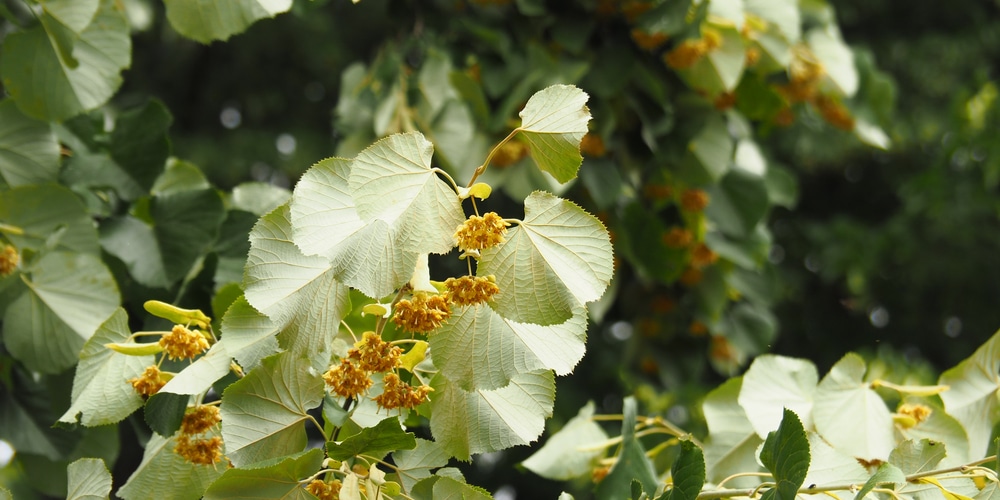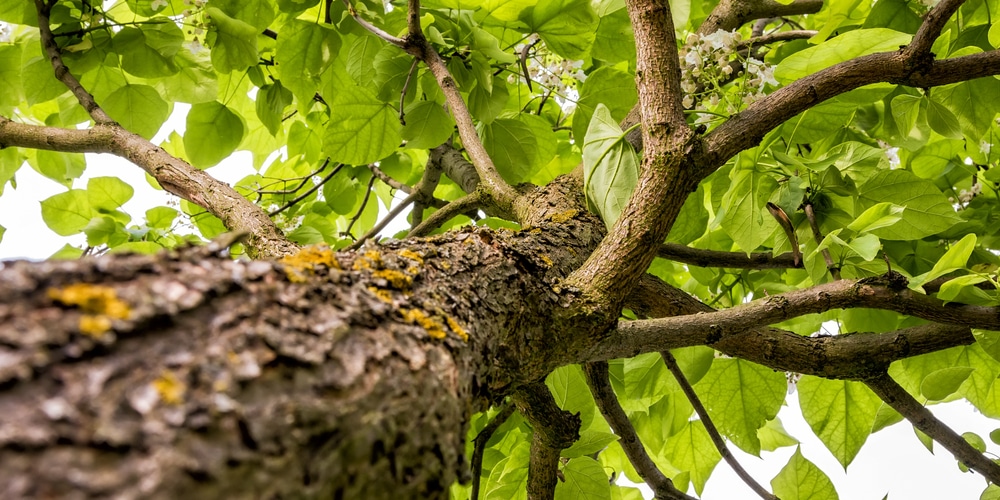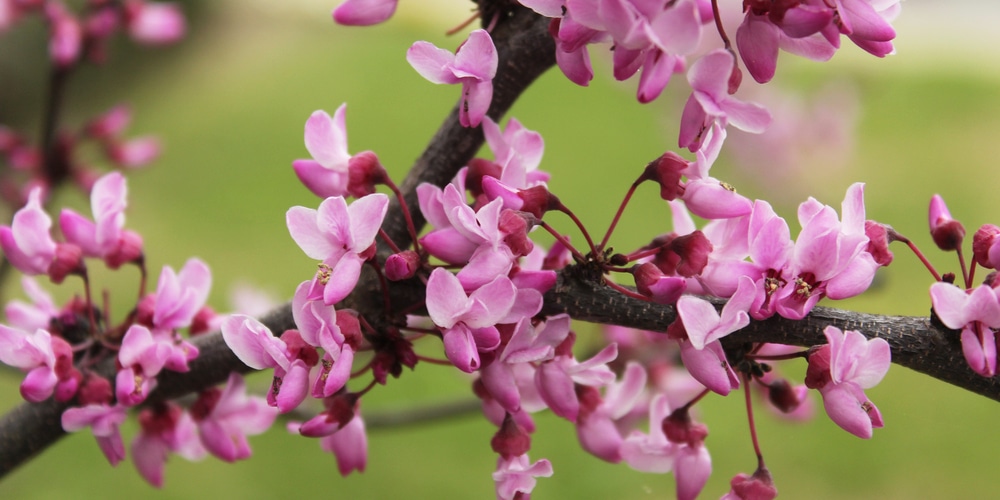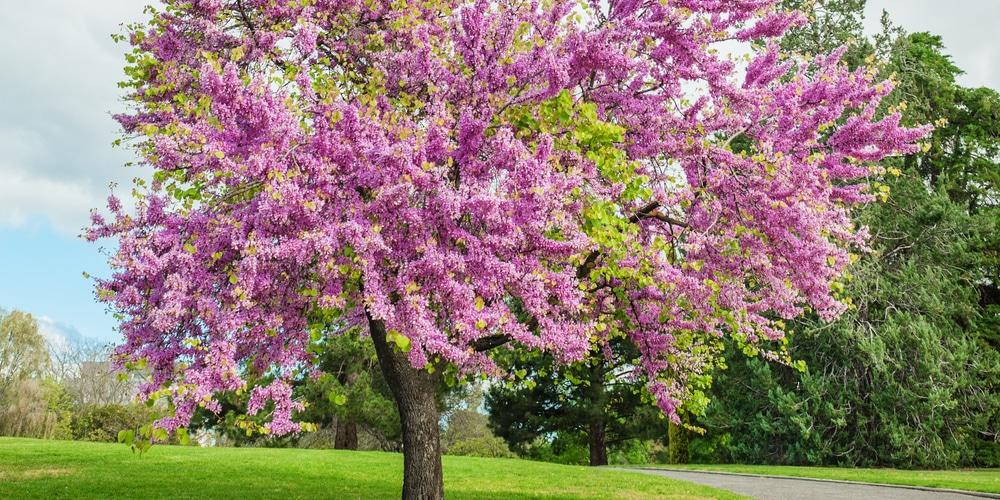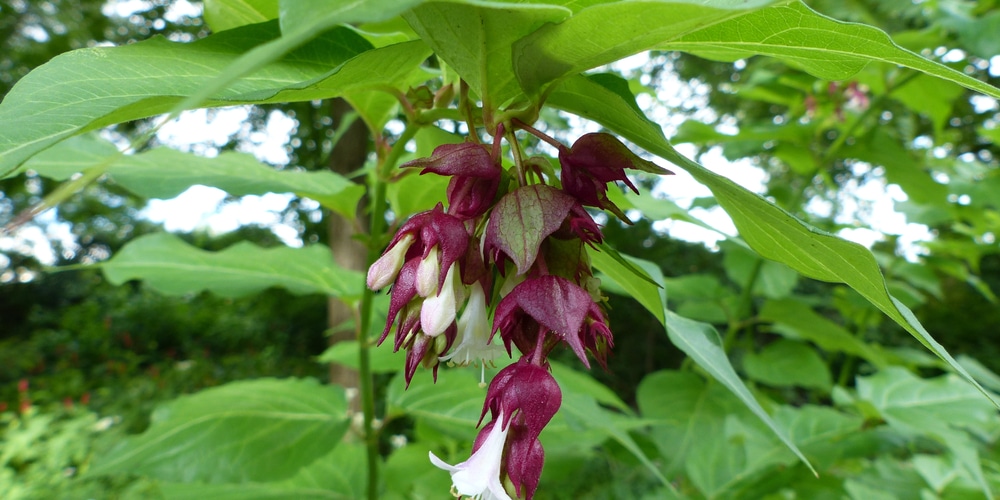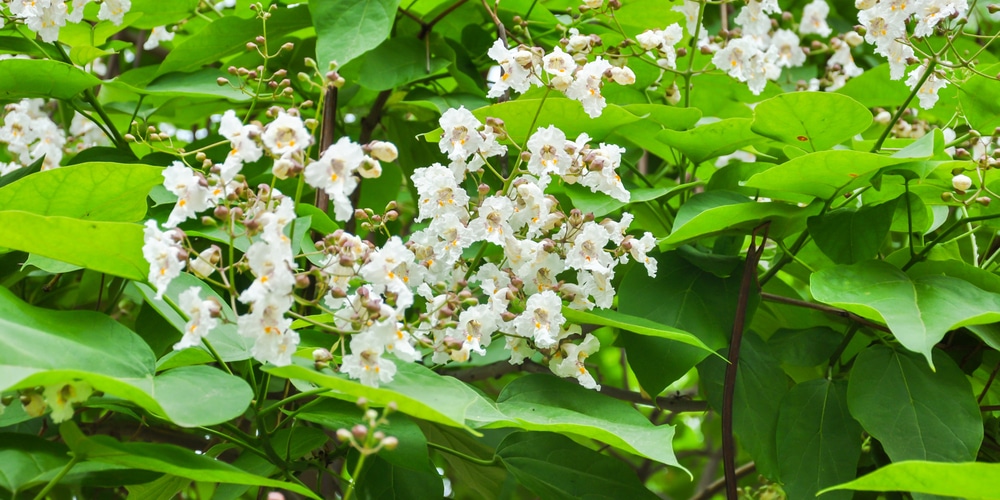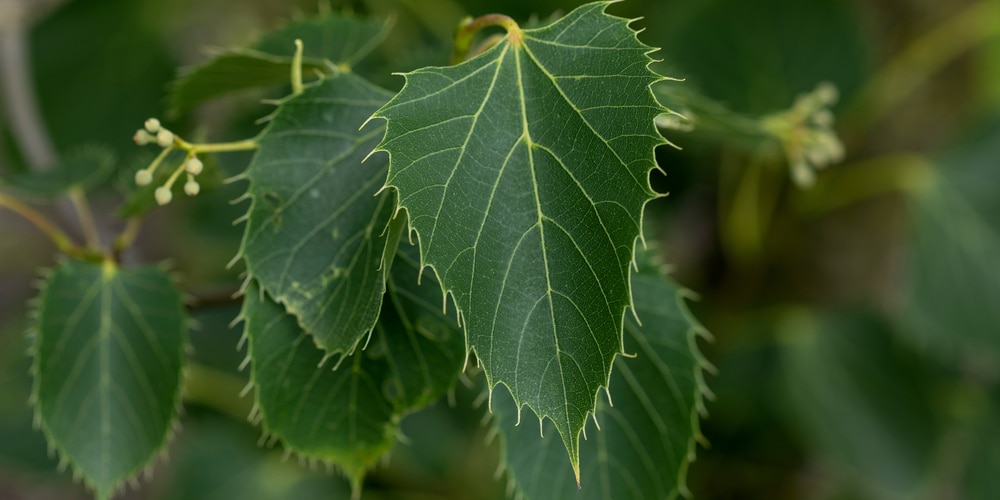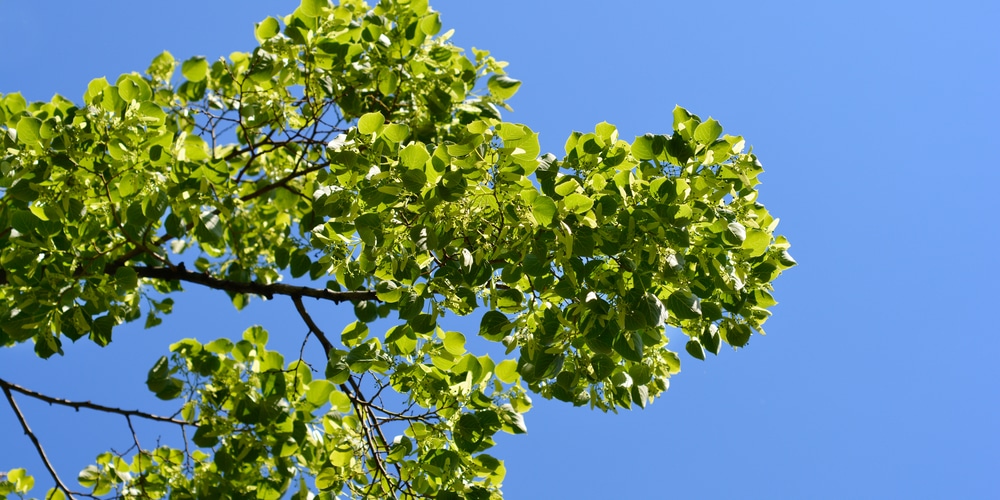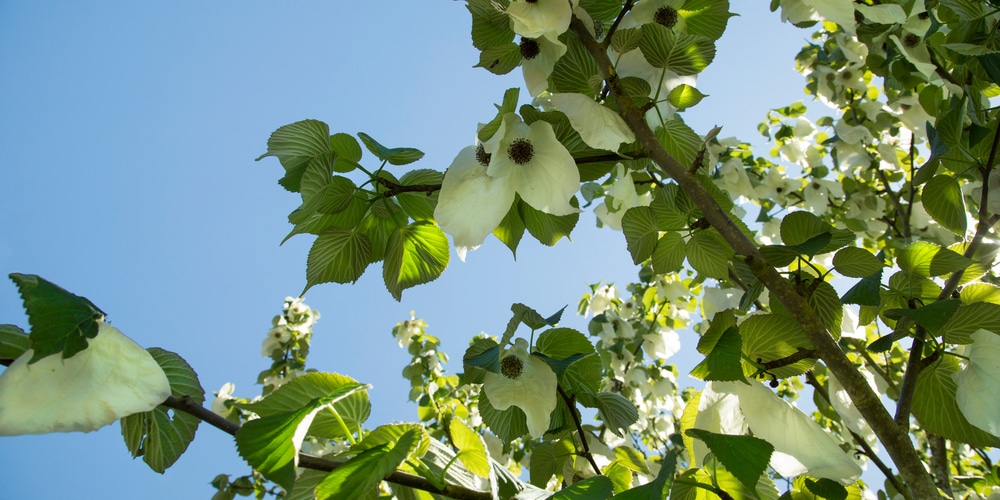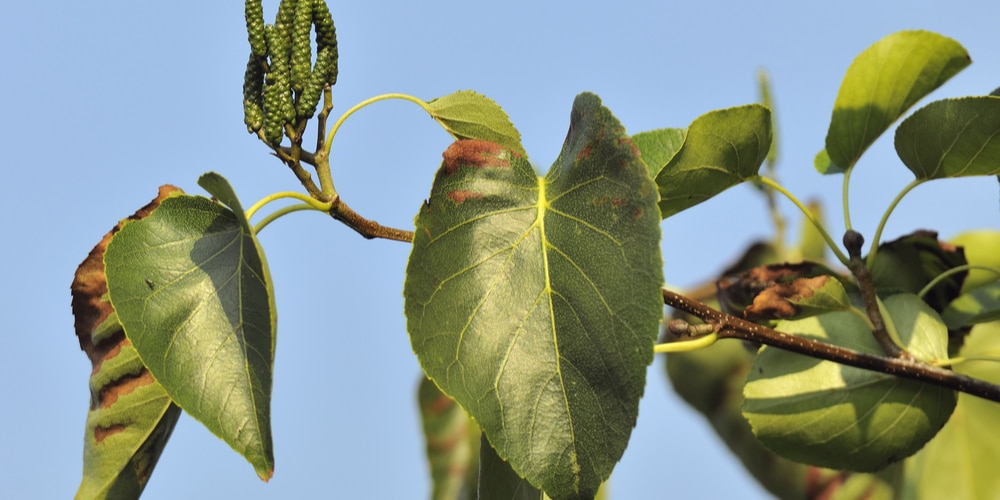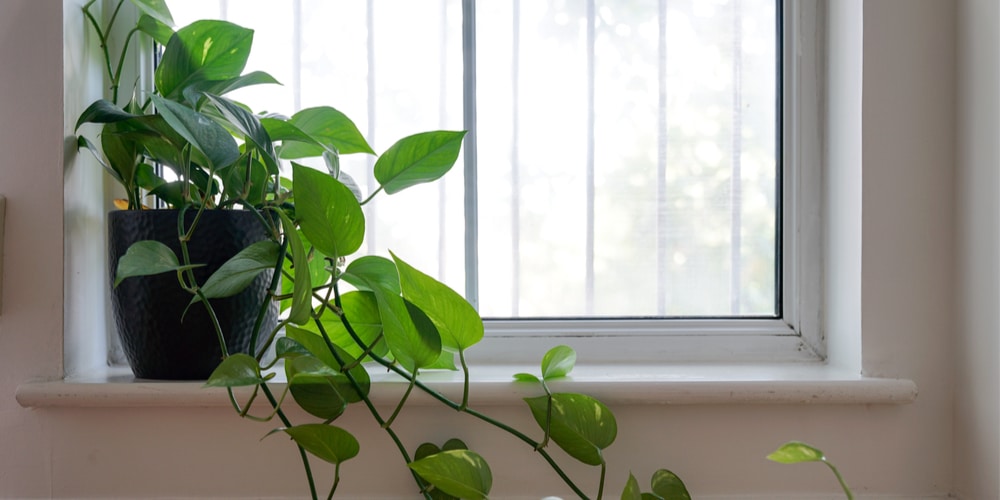Trees that have heart-shaped foliage are undeniably cute and make for interesting stories. There are many lovely varieties available which will add color and interest to your yard. Let’s look at trees with heart shaped leaves.
Trees with heart shaped leaves
If you’re looking for trees with heart shaped leaves, consider these 12 fine specimens.
Silver Linden
Silver Linden is a huge grower that towers at around 50 to 70 feet tall. It’s native to Turkey, southwest Asia and southeastern Europe. In the US, you can grow it in zones 4 to 7 with pale yellow flowers that come alive in late spring.
To see the heart-shaped leaves in abundance you’ll need to plant it in a sunny spot and where there aren’t any trees nearby. Linden trees are tough and can handle a variety of adverse environments.
Northern Catalpa
A member of the Catalpa or Bignonia family, Northern Catalpa is native to northern Arkansas, western Tennessee, southern Indiana and southern Illinois. Aside from the arrow-shaped leaves the foliage sport netted veins and appear to be shiny when in contact with direct sunlight.
Northern Catalpa is a deciduous tree that grows high and produces spectacular white flowers that are very fragrant. It needs full sun and moist soil in order to thrive really well.
Western Redbud
Western Redbud can grow in USDA zones 6 through 9 and isn’t too fussy about the type of soil it gets as long as you water it regularly in its first years.
Those in zone 6 should plant it in full sun while those in 9 should put it in a location that gets partial sun. What’s important is that the tree gets plenty of air circulation, so put it in an open space and prune unwanted branches and dead foliage regularly.
Eastern Redbud
Like its western counterpart, the Eastern Redbud also sports heart-shaped leaves and numerous purple-pink blooms in warmer months. You can grow this if you live in the eastern US, particularly Texas and Oklahoma.
Eastern Redbud usually grows into a shrub but you can train it to look like a tree. Plant in well-draining soil and facing the morning sun for the best results. When done right, you can look forward to the purple-pink blooms that cover the tree’s foliage.
Foxglove Tree
Foxglove tree is also known as the Empress Tree, which is native to western and central China. In the US, you can grow it in zones 6 through 9 if you want heart-shaped leaves that change color in your yard or garden.
The foliage features large heart leaves spanning up to 11 inches in length. Furthermore, tube-shaped purple flowers emerge in spring, while green fruits form in summer and stick around until next spring. Keep in mind that it’s self-seeding and invasive in some regions.
Yellow Catalpa
A large deciduous tree that can grow up to 45 feet high, the Yellow Catalpa is known as Catalpa ovata in botanical terms. The Chinese native has a wide crown and spreading branches that go well in any landscape.
The Yellow Catalpa’s leaves are lobed and assume a large heart shape. As they age they become more fragile and can blow away with a strong gust. Those in zones 5 through 9 can grow it as an ornamental flowering tree in their space and enjoy the sight of yellow and cream flowers in summer.
Henry’s Lime
Henry’s Lime is a slow grower but can reach up to 70 or 80 feet in height. It also comes from China and has the same heartleaf patterns, albeit in a serrated edge form.
This deciduous tree prefers partial sun or shade and virtually any type of soil you have. Henry’s Lime produces white-yellow flowers that eventually turn into fruits, and the leaves turn from green to yellow in the fall season.
Caucasian Lime
A cross between Tilia dasystyla and cordata, Caucasian Lime is perfect for beginners since it doesn’t attract a lot of pests or insects. It’s also a vigorous grower and can thrive in sub-par soil conditions, including heavy clay and sand.
Aside from the green cordate foliage the Caucasian Lime also puts out cheery yellow blooms that attract bees due to its high sugar content.
White Mulberry
White Mulberry is native to India and China but it grows well in USDA zones 5 to 10, or across the country. The hardy tree can tolerate both hot and cold temperatures and can survive droughts and infrequent watering from its owners.
Mulberries are quick-growing, and the White variety has that characteristic cordate-shaped leaves that highlight the white-colored fruit. When planting this tree you should choose a sunny or partial sun location and give it plenty of organic matter.
Handkerchief Tree
If you’re wondering what a handkerchief tree looks like, look no further. It’s also called a dove tree or ghost tree because its ‘flowers’ assume the shape of a white handkerchief hanging down from the branches.
The heart-shaped leaves may take a backseat to the curious bracts but both foliage and bloom can serve as a focal point in your yard or garden. The Handkerchief Tree grows well in zones 6 through 9 and where it gets plenty of light and water.
Italian Alder
Italian Alder is a shrub or tree and native to Southern Italy. The deciduous variety can reach up to 70 or 80 feet high, with large cordate leaves that are attractive to the viewer’s eyes.
Italian Alder is a vigorous specimen with a natural horizontal growth. The tree prefers dry soil and infrequent watering. Come March or April you’ll see red blooms covering brown and shiny branches. Its stately appearance makes it a favorite landscape feature in the yard or garden.
Heartleaf Philodendron
Technically speaking the Heartleaf Philodendron isn’t a tree but it deserves a spot in your home if you like heart-shaped leaves. It’s tough, forgiving and produces many Valentines-themed foliage in a trailing vine form.
You can make it a companion plant (or vine) to your trees and other plants. The evergreen plant is native to tropical regions but grows practically without any care in the US. It thrives in Central and South America outdoors, and indoors in containers in any place.
